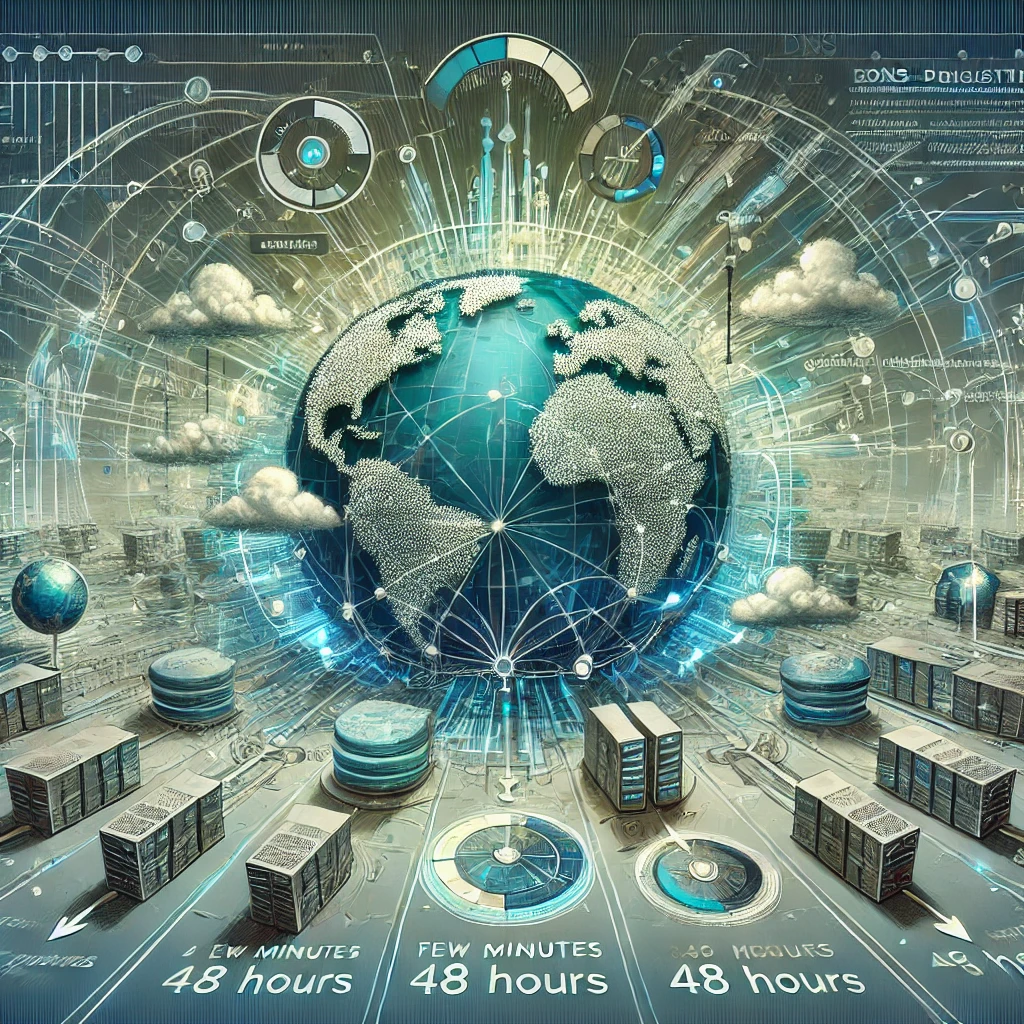INFERNUM1488
Key Trends in IT and Programming for the Next Few Years
With current technological trends and the upcoming Bitcoin halving (around 2024), several key directions in IT and programming are likely to define the industry's development:
1. Artificial Intelligence (AI) and Machine Learning
The development of neural networks, transformers, and generative models (e.g., GPT-4 and beyond) will continue. Optimizing AI training and integrating it into areas such as autonomous systems, big data analysis, and medical diagnostics will be essential. Source: Forbes.
2. Quantum Computing
While quantum computers have not yet reached mass adoption, their progress accelerates each year. Programmers will develop new algorithms for quantum systems, revolutionizing fields like cryptography, pharmaceuticals, and materials science. Source: MIT Technology Review.
3. Blockchain and Decentralized Finance (DeFi)
Blockchain is expanding its applications beyond cryptocurrencies. Advances in smart contract technologies and Layer-2 solutions, such as the Lightning Network, will improve transaction speed and cost, boosting decentralized finance. Source: CoinTelegraph.
4. Internet of Things (IoT)
IoT will integrate into smart cities, healthcare, industries, and homes, increasingly connecting with 5G and AI for more autonomous systems. Programmers will focus on improving security and data efficiency for IoT devices. Source: TechCrunch.
5. Cybersecurity
With increasing attacks and hacks, data protection is becoming paramount. Advancements in multi-factor authentication, biometrics, and AI-based real-time threat monitoring will continue to evolve. Source: CSO Online.
6. Autonomous Transportation Systems
The adoption of autonomous vehicles, drones, and other self-operating systems requires robust software solutions for navigation, safety, and environmental interaction. Innovations in machine vision and AI will play a key role. Source: Wired.
7. Virtual and Augmented Reality (VR/AR)
VR and AR will transform medicine, education, entertainment, and manufacturing. Programmers will develop new applications for interactive data engagement and augmented environments. Source: The Verge.
8. Robotics and Automation
Programming for robots in manufacturing, logistics, healthcare, and even space will require algorithms for object interaction and big data processing from sensors. Source: Robohub.
9. Cloud Computing and Serverless Architectures
The shift toward cloud services and serverless solutions helps organizations reduce costs and scale infrastructure. Expect more solutions for efficiently deploying and scaling applications in the cloud. Source: ZDNet.
10. Ethics in IT and Programming
As technology's influence grows, ethical standards in IT will become crucial. This includes creating fair and transparent AI algorithms, protecting user rights, and preventing discrimination. Source: Harvard Business Review.
Editorial Commentary
The above trends reflect the accelerating pace of innovation across IT and programming. With technologies like AI, blockchain, and quantum computing shaping the future, ethical considerations and security remain central to their responsible implementation. Developers, researchers, and policymakers will need to collaborate to maximize benefits while addressing emerging challenges.
Bibliography
- Forbes - "The Future of AI and Machine Learning"
- MIT Technology Review - "Quantum Computing: The Next Frontier"
- CoinTelegraph - "How Blockchain Will Shape Finance"
- TechCrunch - "IoT and the 5G Revolution"
- CSO Online - "Cybersecurity Trends for 2024"
- Wired - "The Rise of Autonomous Systems"
- The Verge - "VR and AR: The Next Big Thing?"
- Robohub - "Automation and Robotics Innovations"
- ZDNet - "Cloud Computing Trends and Insights"
- Harvard Business Review - "The Ethics of IT and AI"
Hashtags
#AI #Blockchain #QuantumComputing #Cybersecurity #IoT #VR #AR #Automation #EthicsInTech #ITTrends2024 #Programming
ПТН ПНХ☮️🇺🇦🇮🇱:flag_wbw:: "Депутат Андрей Луговой имеет р…" - Mastodon on ZHub https://zhub.link/deck/@vtag@mastodon.ml/113588562180735044
(3) Pulse of Ukraine on X: "💁🏻♂️ «Курск? Зачем?» — писали комментаторы в августе. Прошел месяц: из очевидного 3 обмена (АЗОВцев вернули) как оказалось стоило взять срочников, по данным военных до 30 тыс. рашистов мотает в Курскую области, а ведь они могли бы штурмовать где-то на Донбассе. И это далеко не" / X https://x.com/PulseOfUkraine/status/1834927864711417872
Карта бойових дій в Україні за 21 серпня, мапа фронту війни з Росією https://espreso.tv/karta-boyovikh-diy-karta-boyovykh-diy-viyna-ukrayina-rosiya-21-08-2024
"Коли абревіатури КВК, ФСБ та КДБ зливаються, це вже не дуже смішно" https://osint-ukraine.blogspot.com/2024/09/when-abbreviations-kvn-fsb-and-kgb_13.html

https://bastyon.com/index?v=701a369c63f3b926c6bd86b1d2136540d7d8c3ae77b8f1fc2f465740995045e8&video=1&ref=PFN2jQQL5PSwEdGP7h5T7JzkZMzeps98P2